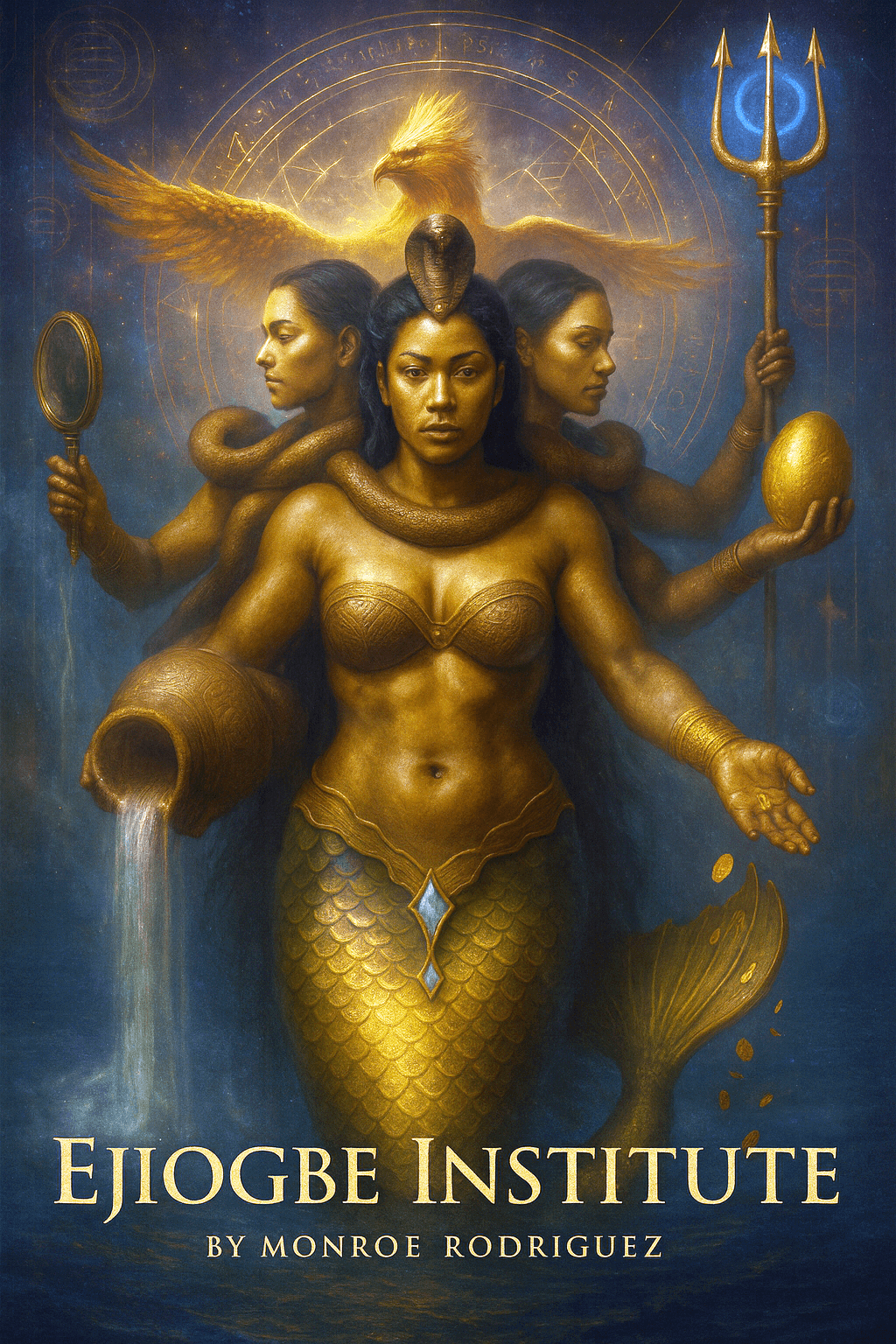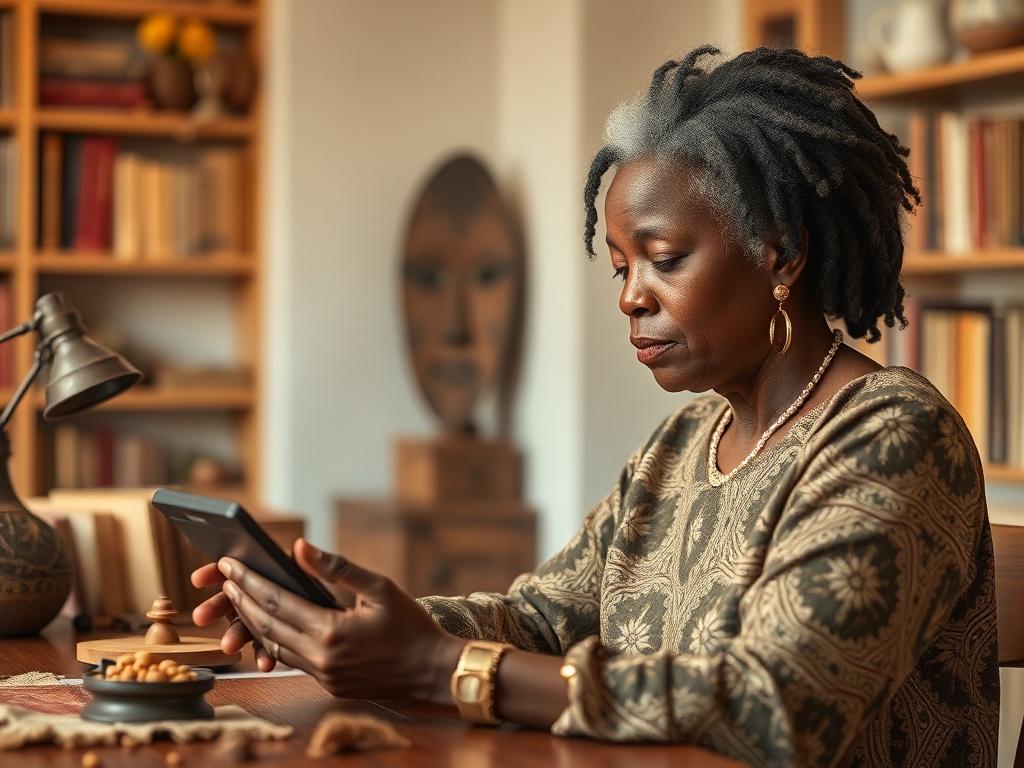
7 Mistakes You're Making with Digital Cultural Preservation (and How to Fix Them)
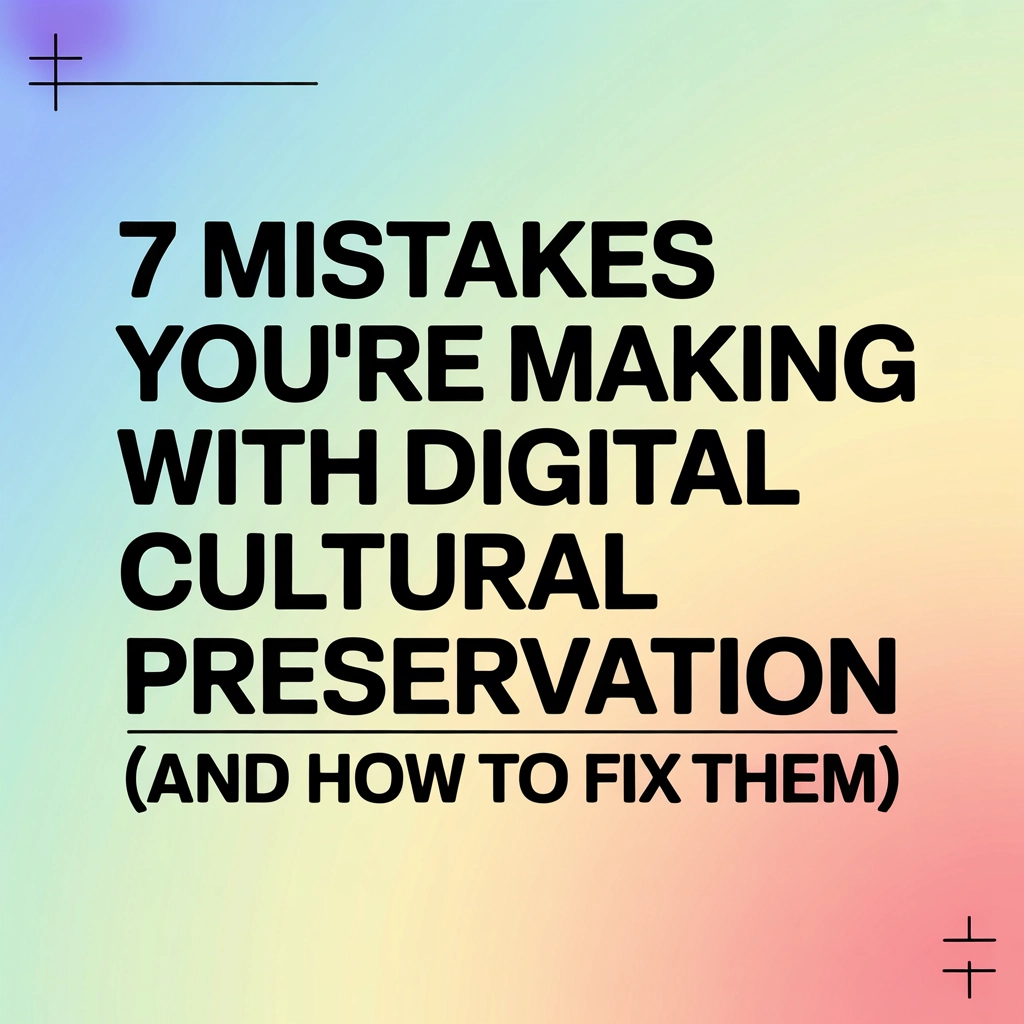
Our ancestral voices carry the wisdom of generations: stories, songs, teachings, and traditions that have shaped communities for centuries. In our digital age, preserving these cultural treasures requires more than good intentions. It demands careful planning, technical expertise, and deep respect for the sacred responsibility we hold as guardians of heritage.
Yet many well-meaning organizations and communities make critical mistakes that can jeopardize their precious cultural collections. These errors don't just threaten data: they risk silencing the voices of our elders and severing the connections between generations.
Here are seven common mistakes in digital cultural preservation and the respectful, effective solutions that can safeguard our collective wisdom for future generations.
Mistake 1: Treating All File Formats as Permanent
One of the most dangerous assumptions we make is believing that today's digital formats will remain accessible indefinitely. Just as ancient scrolls can crumble without proper care, digital files can become unreadable as technology evolves.
Consider this: files created just 20 years ago might already be challenging to access without specialized software. The rapid pace of technological change means that formats considered standard today may become obsolete tomorrow, potentially silencing the very voices we're working to preserve.
How to Fix It:
Embrace format migration as a sacred responsibility. Regularly transfer your cultural collections to newer, more stable formats before the old ones become obsolete. Choose open file formats like FLAC for audio and TIFF for images: these formats are more likely to remain accessible across different systems and time periods.
Create a migration schedule that proactively updates your collections every 3-5 years. This isn't just technical maintenance; it's an act of cultural stewardship that ensures our elders' wisdom remains accessible to future generations.
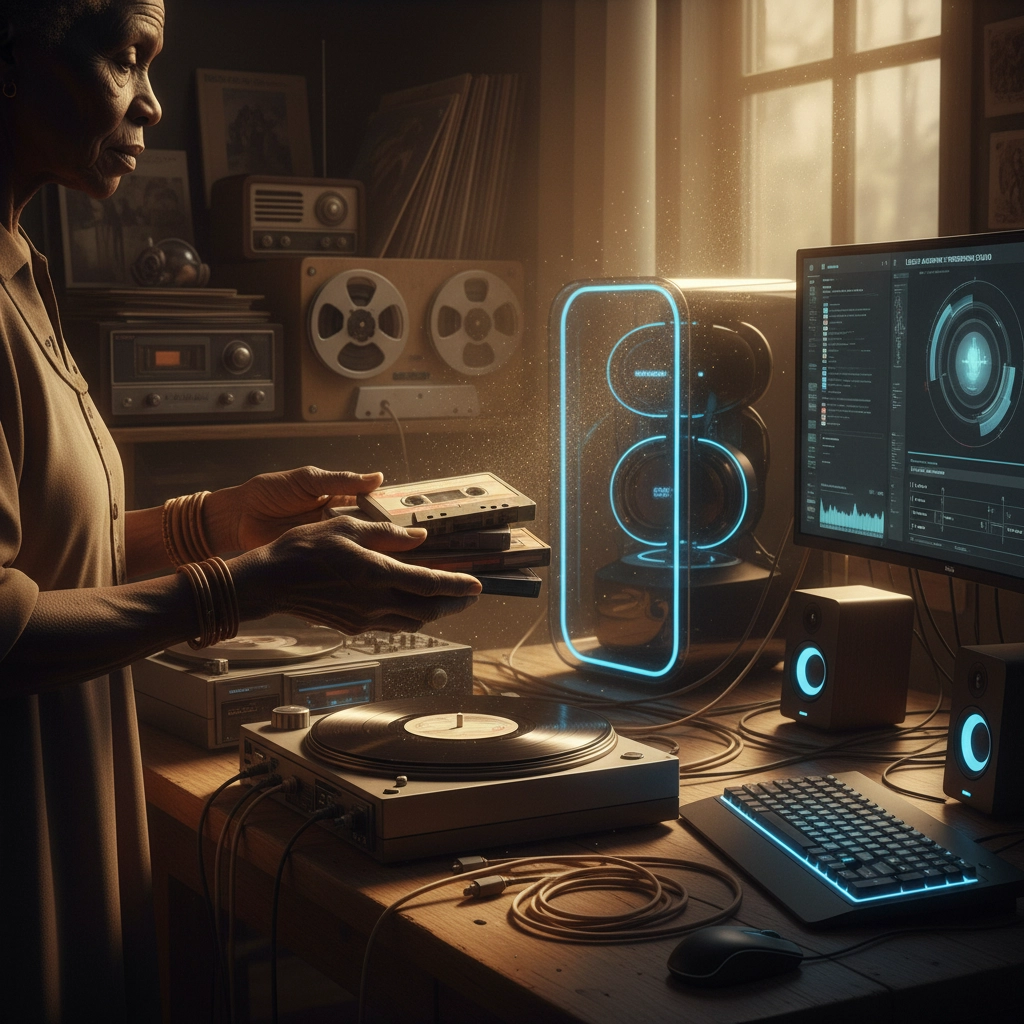
Mistake 2: Relying on Single Storage Solutions
Placing all your cultural treasures in one digital location is like storing irreplaceable family photos in a single box. Hardware fails, disasters strike, and corruption can occur: leaving entire collections of ancestral wisdom vulnerable to permanent loss.
This mistake is particularly heartbreaking because it's often discovered too late. Communities invest months or years recording elders and documenting traditions, only to lose everything to a single point of failure.
How to Fix It:
Implement the "3-2-1 rule" with reverence for what you're protecting: maintain at least 3 copies of every file, store them on 2 different types of media, and keep 1 copy in a separate physical location.
Combine local storage with cloud-based solutions, ensuring your cultural heritage exists in multiple places simultaneously. Consider partnering with cultural institutions or universities that specialize in digital preservation: they often have robust backup systems designed specifically for protecting irreplaceable collections.
Mistake 3: Neglecting the Sacred Art of Documentation
Poor metadata is like having a library without a catalog system. You may possess incredible cultural treasures, but without proper documentation, they become nearly impossible to find, understand, or preserve effectively.
Many projects rush to digitize content without investing adequate time in creating rich, meaningful descriptions. This shortcut ultimately undermines the entire preservation effort, making collections difficult to navigate and their cultural context unclear.
How to Fix It:
Treat metadata creation as a form of cultural scholarship. Document not just the technical details (file format, creation date, equipment used) but also the cultural context that makes each item precious.
Include information about the speaker or performer, the cultural significance of the content, the language or dialect used, and the circumstances of the recording. Consider involving community elders in the documentation process: their insights can provide invaluable context that technical staff might miss.
Create standardized templates that ensure consistency across your collection while remaining flexible enough to capture the unique aspects of different cultural materials.
Mistake 4: Sacrificing Quality for Quantity
In the rush to digitize as much content as possible, many projects create poor-quality copies that fail to do justice to the original cultural materials. These substandard digital copies are not just inadequate: they're disrespectful to the traditions and voices they're meant to preserve.
Low-resolution images that obscure important details, compressed audio that loses the subtle nuances of traditional songs, or rushed digitization that introduces errors all represent missed opportunities to honor our cultural heritage properly.
How to Fix It:
Approach digitization with the reverence these materials deserve. Create archival master files at the highest quality possible, without compression or enhancement that might alter the authentic character of the original.
For audio recordings, use uncompressed formats like WAV or FLAC at high bit depths and sample rates. For images, scan at resolutions that capture fine details and use color profiles that accurately represent the original materials.
Remember that you may only have one opportunity to digitize certain materials, especially if they're fragile or if the knowledge holders are elderly. Make this opportunity count by creating digital copies that truly honor the original.
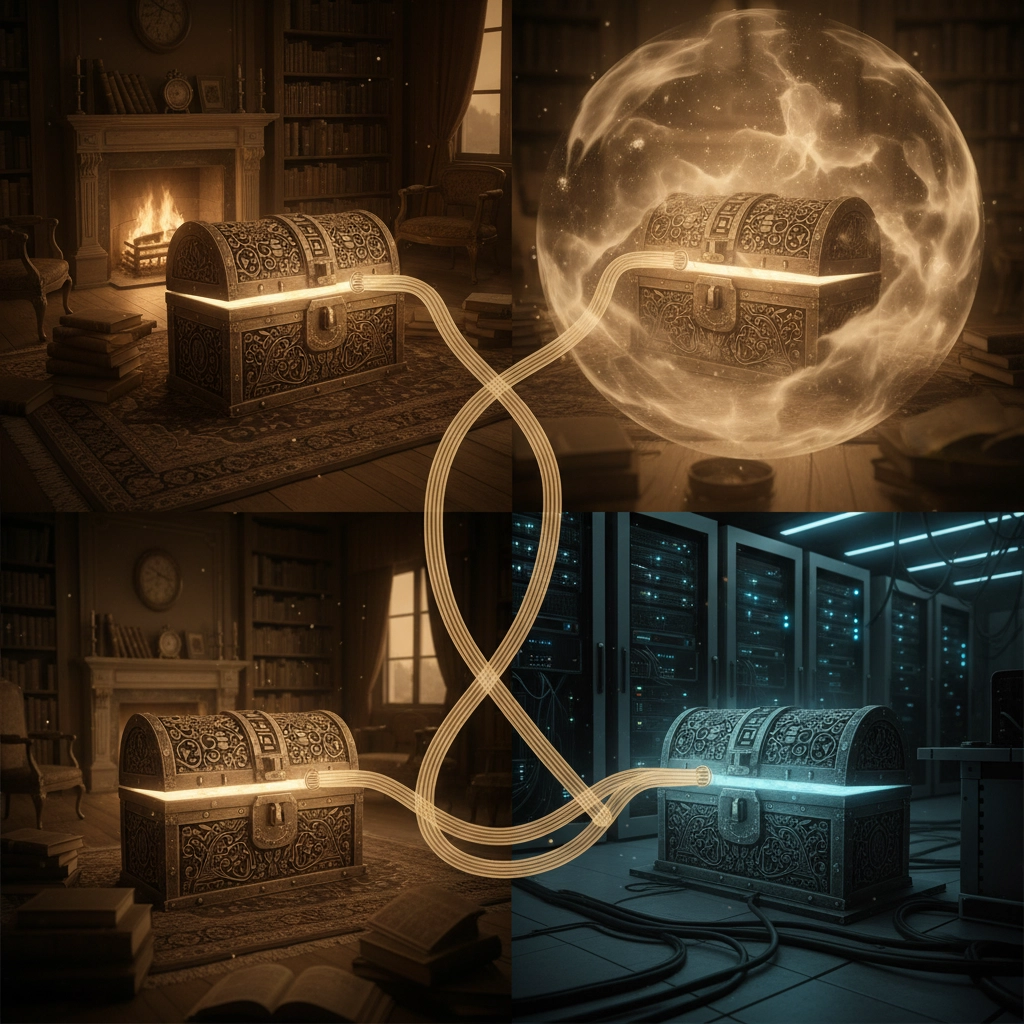
Mistake 5: Ignoring Rights and Cultural Protocols
Digital preservation intersects with complex issues of intellectual property, cultural ownership, and sacred knowledge. Failing to address these concerns respectfully can create serious problems that threaten both legal compliance and community trust.
Some cultural knowledge is meant to be shared only within specific contexts or with certain community members. Other materials may involve copyright issues or privacy concerns that require careful handling.
How to Fix It:
Engage with communities as partners, not subjects. Before beginning any digitization project, have thorough conversations with cultural leaders, elders, and community representatives about appropriate protocols for handling, storing, and sharing the materials.
Develop clear policies that respect cultural protocols while complying with relevant laws. This might mean creating different access levels for different types of content, or establishing community oversight committees that guide decisions about how materials are used.
Always obtain proper permissions and document the cultural guidelines that should govern how each item in your collection is accessed and shared. This documentation becomes part of the permanent record, ensuring future custodians understand and respect these important boundaries.
Mistake 6: Assuming Digital Equals Authentic
Digital copies, no matter how well-made, are representations of original cultural materials: not perfect substitutes. They capture certain aspects while inevitably losing others, and the technical processes involved in digitization can raise questions about authenticity and completeness.
This becomes particularly important when dealing with materials that have spiritual or ceremonial significance, where the physical presence and context of the original may be integral to its cultural meaning.
How to Fix It:
Be transparent about what your digital preservation project can and cannot accomplish. Clearly document your digitization processes and any modifications made during preservation, creating a permanent record of how digital materials relate to their originals.
Educate users about the nature of digital surrogates, helping them understand both the possibilities and limitations of digital access to cultural materials. Provide context that helps users appreciate the relationship between digital copies and original cultural practices.
Consider implementing verification systems that help establish the authenticity and provenance of digital materials. This might include cryptographic signatures, detailed provenance records, or community validation processes.

Mistake 7: Confusing Digitization with Preservation
Perhaps the most fundamental mistake is treating digitization as preservation itself, rather than recognizing it as creating new materials that require their own ongoing care and management.
Digital files don't preserve themselves. They require active, ongoing stewardship that includes monitoring for corruption, managing access systems, and ensuring long-term sustainability. Without this continued care, digitization efforts can ultimately fail in their preservation goals.
How to Fix It:
Develop comprehensive preservation strategies that extend far beyond the initial digitization process. This includes establishing procedures for monitoring file integrity, planning for format migrations, and ensuring sustainable funding for long-term stewardship.
Create organizational structures that can maintain collections over decades, not just years. This might mean partnering with established cultural institutions, training multiple community members in preservation techniques, or establishing endowments that can fund ongoing preservation work.
Remember that successful digital preservation requires both technological expertise and cultural understanding. Invest in building these capacities within your community or establishing partnerships that can provide them sustainably.
Preserving Our Heritage, Honoring Our Future
Digital cultural preservation is more than a technical challenge: it's a sacred responsibility that connects us to our ancestors and ensures their wisdom reaches future generations. By avoiding these common mistakes and implementing respectful, sustainable solutions, we can create digital collections that truly honor the cultural treasures they contain.
The path forward requires collaboration between communities, technology experts, and cultural institutions. It demands both technical competence and deep respect for the materials we're privileging to preserve. Most importantly, it requires recognizing that we are not just creating digital files: we are safeguarding the voices, wisdom, and heritage that define who we are.
When we approach digital cultural preservation with the reverence and care it deserves, we create more than accessible archives. We build bridges between generations, ensuring that ancestral voices continue to guide, teach, and inspire our communities for generations to come.
Our elders' wisdom deserves nothing less than our most thoughtful, respectful, and technically sound preservation efforts. By learning from these common mistakes, we can ensure their voices remain strong and clear in our digital age.
